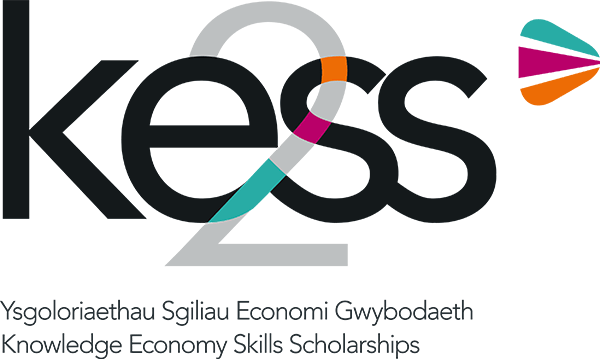KESS 2 East is the sister project of KESS 2, a major pan-Wales operation supported by European Social Funds (ESF) through the Welsh Government. KESS 2 links companies and organisations with academic expertise in the Higher Education sector in Wales to undertake collaborative research projects.
Predictive Edge Analytics for Sanitary Facility Monitoring
Predictive Edge Analytics for Sanitary Facility Monitoring
This project focuses on developing a novel distributed predictive analytics technique that can efficiently be used in edge computing scenarios. Our partner iPoint is focused on developing sensor data based intelligent services to monitor and maintain hygiene facilities in remote locations (e.g., remote sanitary facilities). Currently, all the sensor data collected by all the sensors are directly sent to the cloud. All the required processing happens within the cloud, and relevant commands are sent back to each hygiene facility. This approach is inefficient from many aspects and could also impact the quality of service and customer satisfaction in certain scenarios.
Problem:
- Sending data to the cloud is costly (i.e., mobile data plans could cost significantly when it is required to send large volumes of data to the cloud).
- Sensing data to the cloud and received the commands from the cloud (i.e.,g decision-making loop) has high latency (i.e., It takes time to send data to the cloud and receive commands back).
- Mobile network connections are unreliable; therefore, any service depends on mobile network connectivity could be unreliable.
- Depending on external connectivity also open up higher security risks (e.g., more vulnerable to cyber-attacks)
- Typically, network communication consumers more energy than data processing/analysis (locally)
Research Objective: In order to address the challenges face by iPoint, we aim to develop a novel data processing architecture that is capable of moving analytics across different nodes (within the architecture). This means that iPoint will no longer be required to send all the sensor data to the cloud all the time. The onboard computer will conduct most of the data analytics local and will only send the summarised/aggregated data to the cloud. However, our proposed algorithms will consider context information when deciding where the data analysis should happen.
- Design and development of distributed algorithms that can dynamically orchestrate IoT resources on edge to satisfy a given sensing requirement without continuous connectivity to the cloud.
- Design and develop self-organising and reconfigurable IoT infrastructure that integrates resources from multiple layers (sensing, edge/fog, cloud).
Team




Funding

iPoint aims to simplify fleet and data management across the transport industry by unlocking and correlating information from multiple platforms and networks by developing a single sign-on transport management platform.
Partners

iPoint aims to simplify fleet and data management across the transport industry by unlocking and correlating information from multiple platforms and networks by developing a single sign-on transport management platform.
